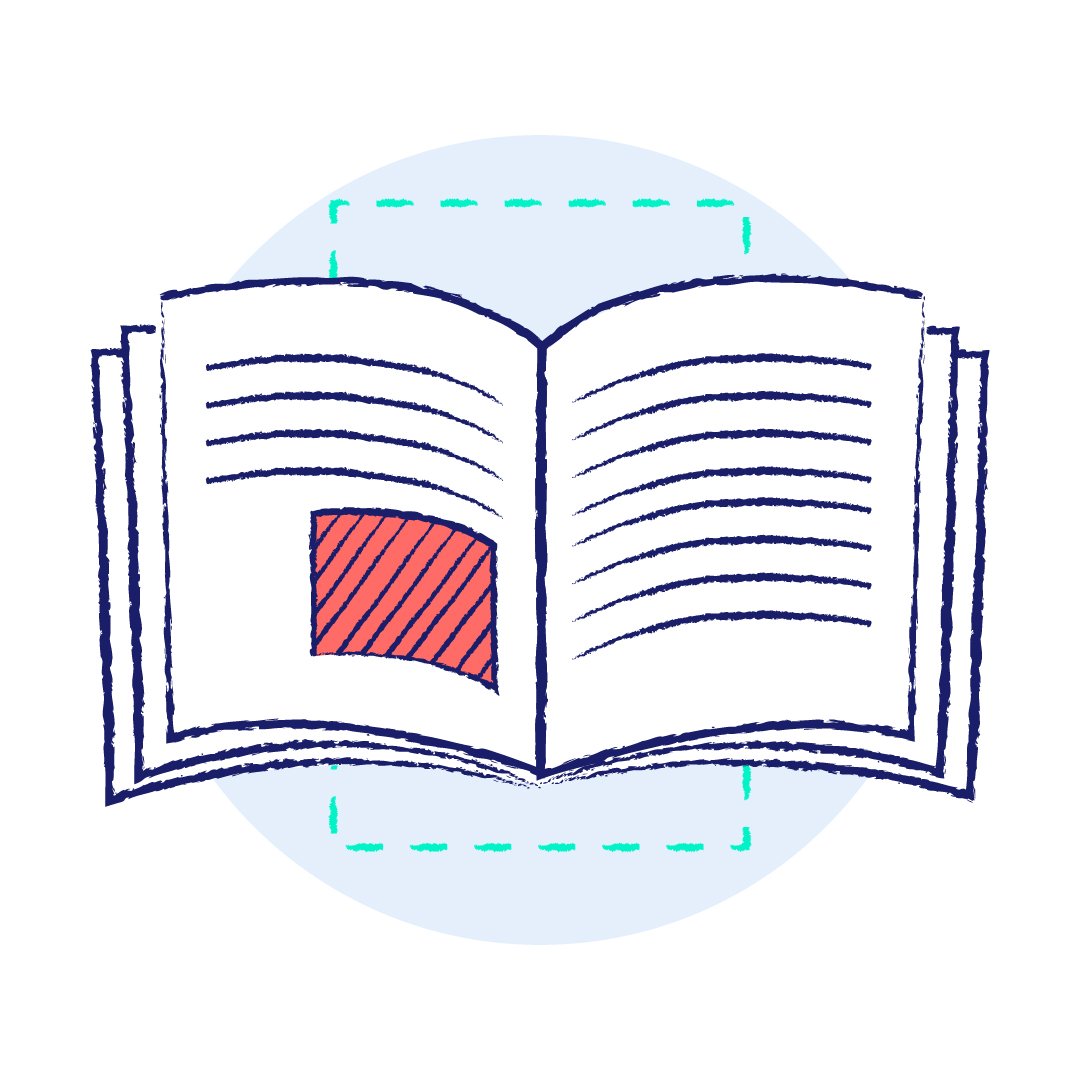Top tips for junior designers
Focus on the process, not the product.
As much as it is a good idea to know what your end product will look like, there’s always room for development along the way. Lots of designers know that creating something great is just a case of trial and error and what suits the brief best. You will learn a lot about design practise along the way. If you focus on enjoying the ride the outcomes will become better as a result!
Handle one thing at a time.
It might feel daunting when given a large project with lots of deliverables, but handling things one at a time will help. One thing I like to do is create a list of things I need to action. This way, I can visualise what I need to get through and what time I have. It also feels great when I can tick things off. You might want to jump in and be an expert straight away, however, you need to get the fundamentals down first, you cannot run before you can walk. This means that you design with best practice in mind and therefore you will learn to create better work.
Save your work!
Do not find out the hard way. Command S is literally a life saver and takes seconds. This will save you lots of time and worry.
Have a good file system.
It is good to get into the habit early on, as this will help massively when you need to locate a file later down the line. So don’t name your files “ThisOneFinalFinal02.ai”! This also applies when setting up documents, for example, if you set up an InDesign document or Illustrator file properly, you’ll find it a lot easier when you come back to editing later.
Have more confidence.
A lot of junior designers may feel they have imposters syndrome, where they feel out of their depth. It is okay to feel like a small fish in a big pond. Everyone is a beginner at some point along the line, the trick is to embrace it. You might even bring a fresh perspective on things, there is such thing as beginners’ luck for a reason. Don’t be scared to ask questions, or challenge ideas, this is how you are going to learn.
Be transparent and communicate effectively.
If you need help, simply ask and you will get the right feedback. This will allow you to develop as a designer more efficiently, allowing you to know what to do next time.
Amends are a good thing, honestly.
Do not be disheartened if there are lots of amends on a piece of work. These are only pushing your work to become the best it can be. With practice, these will become few. Without amends or constructive criticism, we would not be able to grow, meaning they are crucial to our design process.
Always be hungry to learn.
Make sure you always keep that hunger to learn more and keep pushing yourself. Moreover, once you have developed a specific skill, what can you learn or build on next? Try something new, if you have an interest in AI or want to make a stop-motion video in After Effects, give it a go! Don’t knock it until you’ve tried.
Make sure to have fun!
Follow cool accounts, learn new skills, try things that don’t work, and keep being as creative as you can, even in projects that may not seem as interesting to you. Keep on top of recent design trends and keep everything current.









